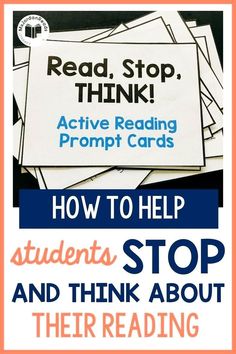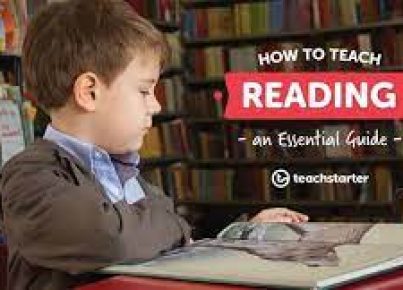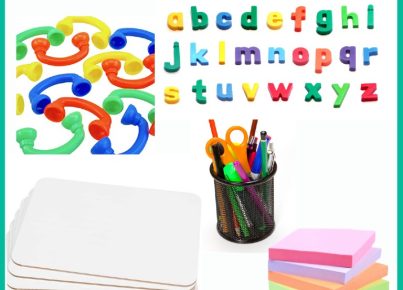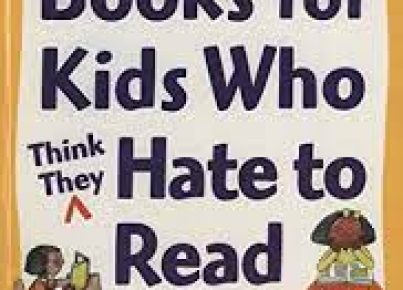Reading comprehension is not just about being able to read the words on a page; it’s about understanding the story, absorbing the details, and making connections with the world around us. Teachers and parents alike seek ways to enhance reading comprehension skills among children to foster a lifelong love of reading and an ability to critically analyze texts. One particular resource that stands out in offering assistance with this is Teach Starter. Here’s a look at some reading comprehension strategies highlighted on their blog that can be instrumental in promoting better understanding during reading.
Making Connections
Readers understand and remember information better when they can relate it to something in their own lives. Teach Starter suggests teaching students to make text-to-self, text-to-text, and text-to-world connections. This strategy involves kids in reflecting on their experiences, other books or stories they have read, and broader world events or scenarios relating to the content of the book.
Questioning
Encouraging students to ask questions before, during, and after they read can greatly improve comprehension. This approach makes the reading experience interactive rather than passive. It prompts children to think deeply about what they are reading and fosters active engagement with the material.
Visualizing
Teach Starter explains that guiding students to create mental images of what they are reading can enhance understanding and retention. By visualizing characters, settings, and events described in a text, children are actively participating in the construction of meaning as they read.
Determining Importance
It’s vital for readers to learn how to decide what is important in a text. This skill helps them sift through details to determine main ideas and key messages. Teach Starter notes that this is crucial for summarizing and remembering what has been read.
Inferring
Inferring involves reading between the lines—taking what is written explicitly and using it along with one’s own knowledge to deduce what is implied but not stated outright. This skill helps readers develop deeper meanings beyond the words on the page.
Monitoring Comprehension
Teach Starter suggests that readers should be aware of their understanding as they read; if something does not make sense, they should be encouraged to re-read or use context clues and other strategies to clarify their comprehension.
Synthesizing Information
This strategy involves combining new information from the text with existing knowledge to form a new idea or perspective. It’s an advanced skill that enables readers not only to understand information but also to integrate it into their own worldview.
By incorporating these strategies into reading tasks, educators can help students enhance their comprehension capabilities. Teach Starter’s resources suggest these methods can be integrated into various educational levels, making them flexible tools for any learning environment. Whether through direct instruction or independent learning activities, it’s clear that these strategies play a pivotal role in improving students’ ability to understand and analyze texts effectively.





